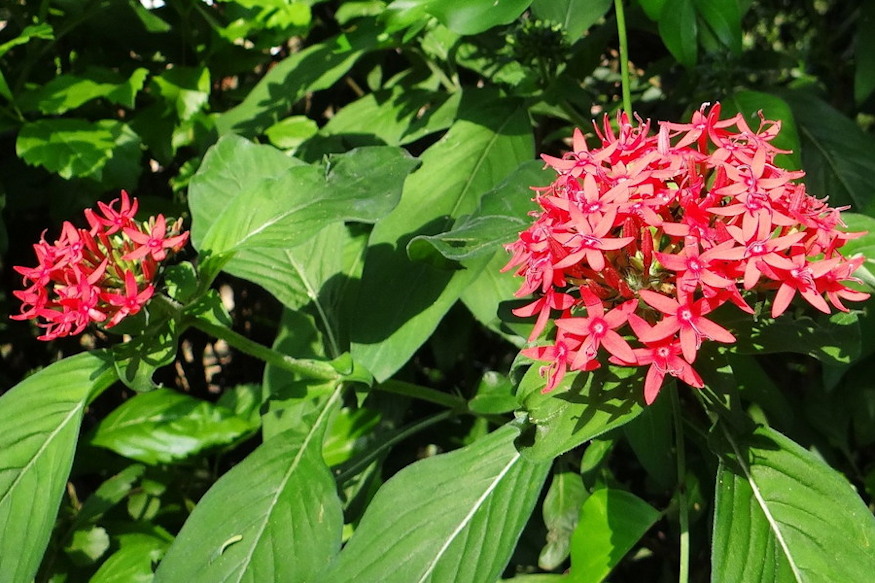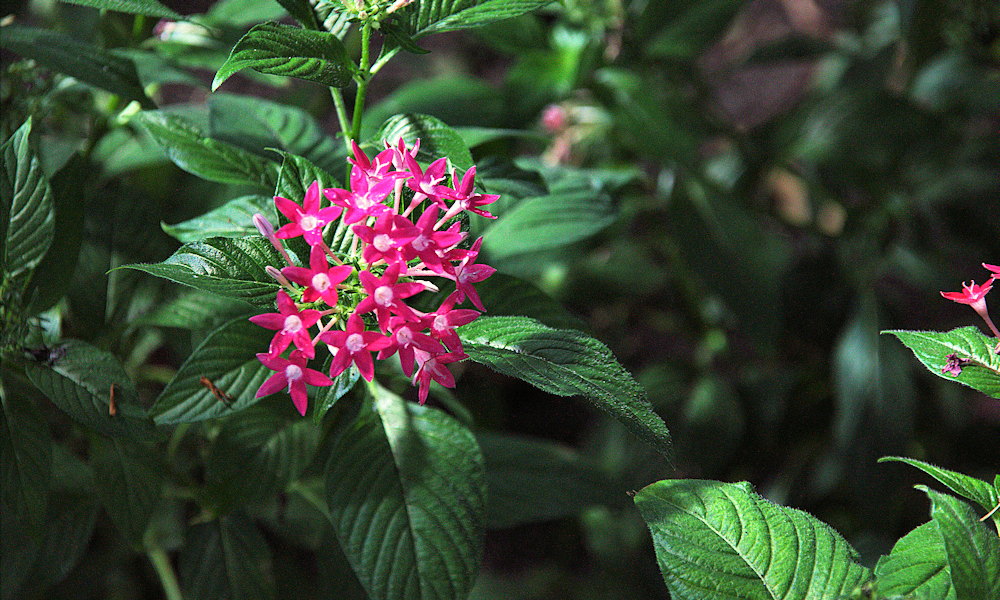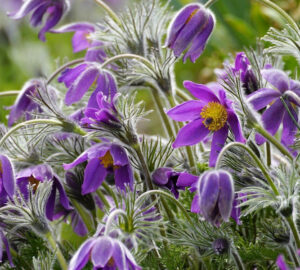The Egyptian starcluster, known for its dazzling star-shaped flowers and long blooming period, is a must-have for gardeners looking to add color and attract pollinators to their outdoor spaces. This resilient and easy-to-grow plant is perfect for both garden beds and containers, offering beauty and versatility.
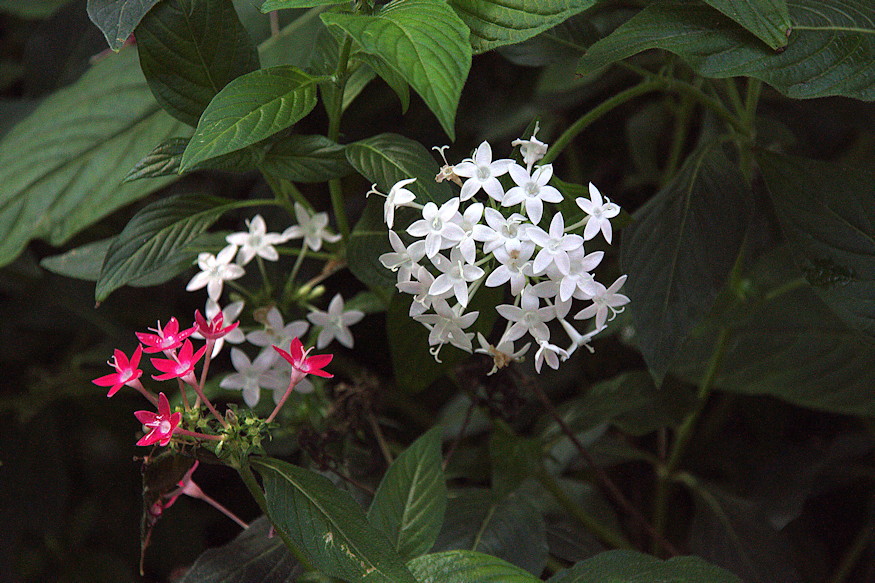
Overview
The Egyptian starcluster, scientifically known as Pentas lanceolata, is a popular flowering plant celebrated for its clusters of small, vibrant, star-shaped flowers. These blooms, available in shades of pink, red, white, and purple, are grouped in dense clusters, making them a striking addition to any garden. The plant is particularly prized for its ability to attract butterflies and hummingbirds, adding life and movement to your garden.
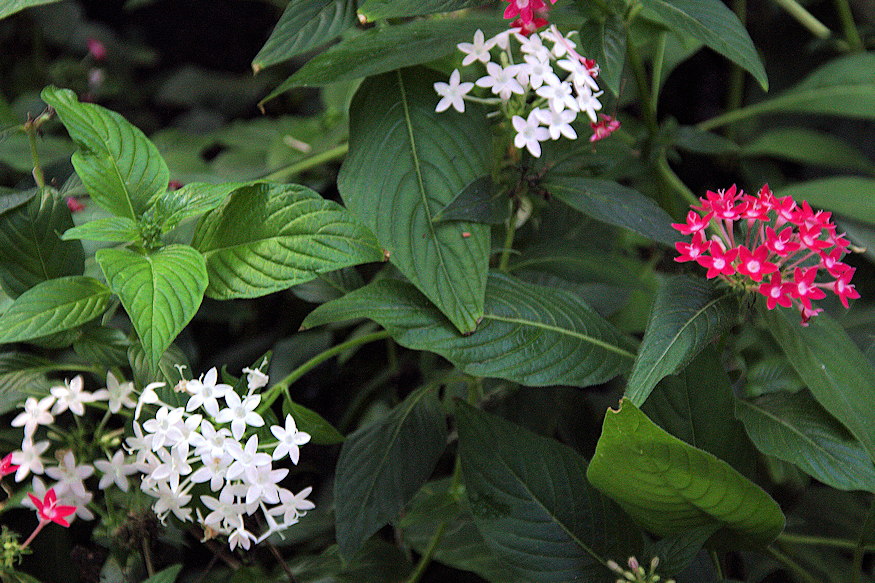
Natural Habitat
Originating from Eastern Africa, including regions such as Yemen and Madagascar, the Egyptian starcluster thrives in warm, tropical climates. It naturally grows in woodlands and along forest edges, where it enjoys plenty of sunlight and well-drained soil – conditions that help it flourish and produce its signature star-shaped blooms.
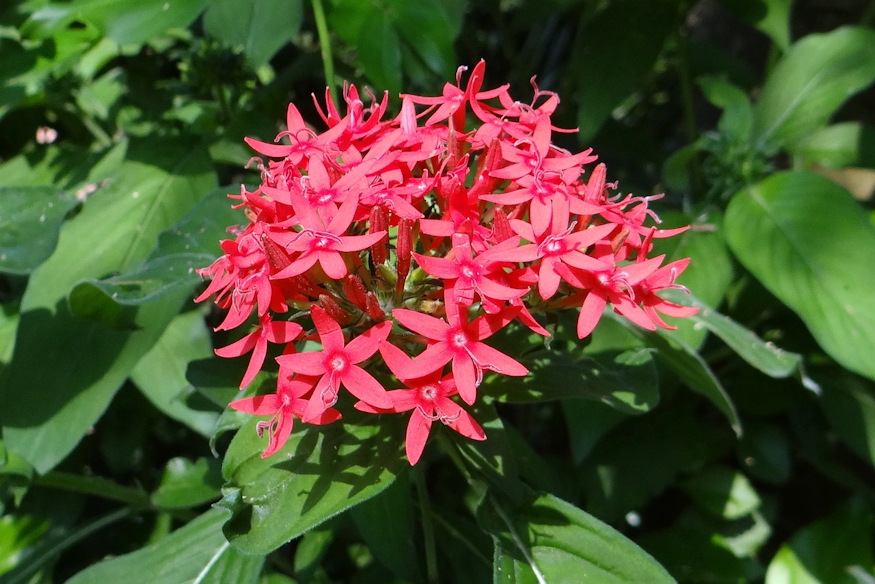
Cultivation and Care
The Egyptian starcluster is a versatile plant that can be successfully grown outdoors in garden beds or indoors as a potted plant. Its continuous bloom cycle from spring through fall makes it an excellent choice for brightening up any space.
- Light: For the best flowering, place the Egyptian starcluster in full sun, though it can also tolerate partial shade. Indoors, ensure it receives at least 6 hours of direct sunlight daily.
- Water: Maintain consistently moist soil without allowing it to become waterlogged. Regular watering is essential, especially in dry conditions, but ensure the soil has good drainage to prevent root rot.
- Soil: Use well-drained, fertile soil with a neutral to slightly acidic pH. For container planting, a high-quality potting mix with added perlite is recommended to improve drainage.
- Temperature: Ideal temperatures for this tropical plant range from 65-80°F (18-27°C). As it is frost-sensitive, it should be grown as an annual in cooler climates or brought indoors during the winter.
- Fertilization: Apply a balanced, water-soluble fertilizer every 4-6 weeks during the growing season to support healthy growth and abundant flowering.
- Pruning: Deadhead spent blooms to encourage continuous flowering. Pruning can also help maintain a compact shape and prevent the plant from becoming leggy.
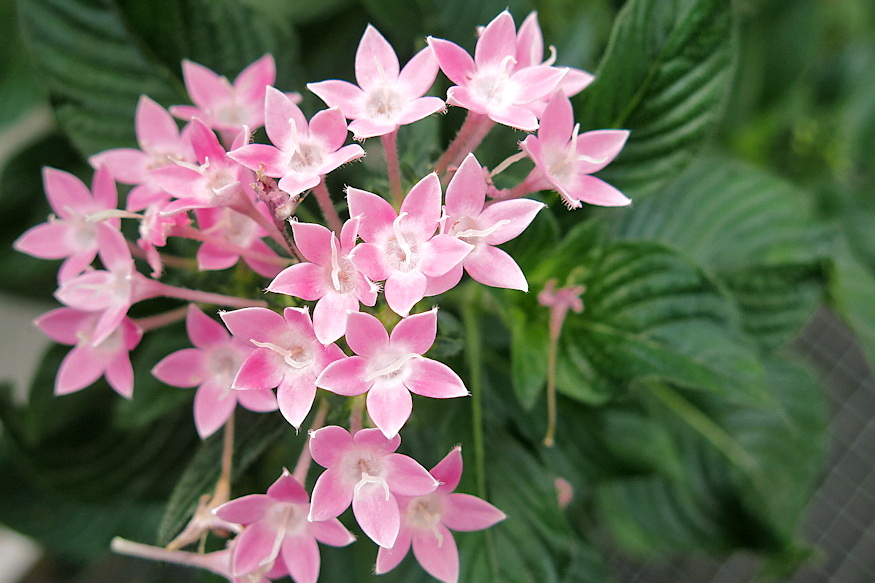
Interesting Facts
- Pollinator Friendly: The Egyptian starcluster is highly attractive to butterflies and hummingbirds, making it an excellent addition to pollinator gardens.
- Medicinal Uses: In some cultures, the plant has been used traditionally for its potential therapeutic properties, such as treating skin infections. However, these uses are not widely documented in modern medical literature.
- Cultural Significance: In various African cultures, the Egyptian starcluster’s continuous blooming and resilience symbolize perseverance and beauty in adversity.
- Connection to Egypt: Despite its name, the Egyptian starcluster does not originate from Egypt. The name likely comes from the plant’s star-shaped flowers, which may have reminded early botanists or horticulturists of the symbolic stars in ancient Egyptian art and culture. The star cluster pattern is also evocative of the clear, starry skies often associated with the Egyptian desert.
- Versatile Garden Use: Beyond its beauty and attractiveness to pollinators, the Egyptian starcluster is highly versatile in the garden. It can be used in a variety of ways, including as a border plant, in mixed containers, or even as a ground cover in warmer climates. Its long blooming season and ability to thrive in hot, sunny conditions make it a favorite among gardeners looking to add continuous color throughout the growing season.
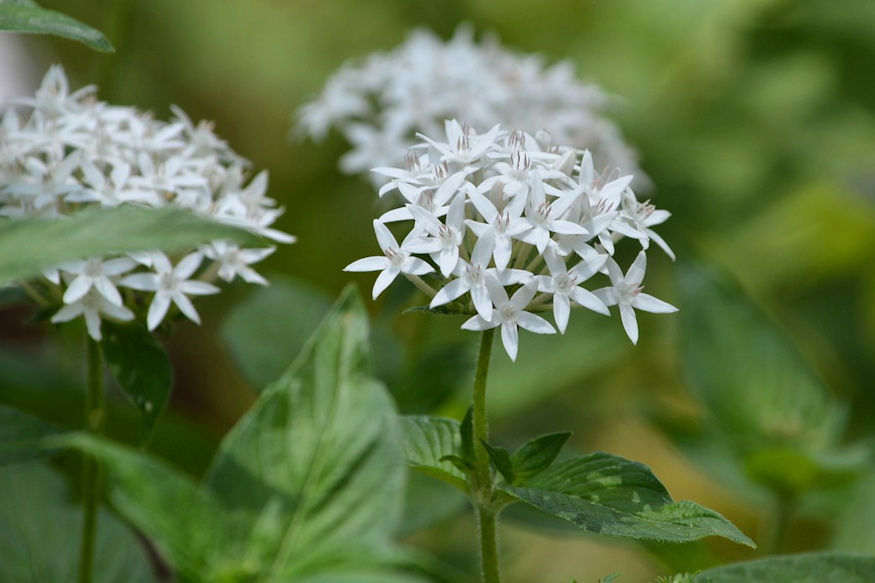
The Egyptian starcluster is a delightful plant that brings vibrant color and a touch of exotic beauty to any garden. Whether used in a garden bed or as a container plant, it offers a long season of blooms that can be enjoyed from spring through fall. With its ability to attract pollinators and its relatively easy care requirements, this plant is a perfect choice for gardeners looking to add a reliable and visually appealing plant to their collection.
